Tailless Aircraft: How Airplanes Fly Without a Tail
Pilot Institute
JUNE 4, 2025
A tailless aircraft may still have a fuselage and a vertical tail (fin and rudder). The Weather Vane It mostly comes from the vertical stabilizer (fin) and the sides of the fuselage behind the center of gravity. To help you understand this, imagine a weather vane with the CG as the pivot. Why does this matter?




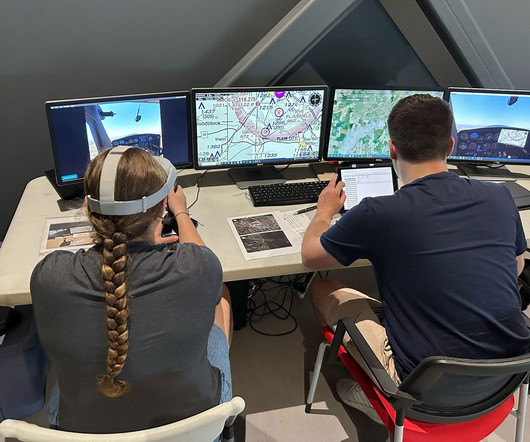
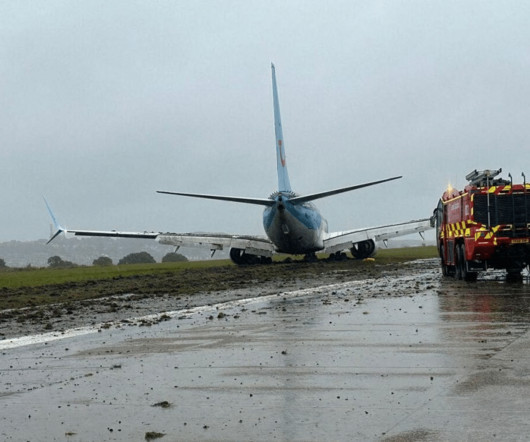

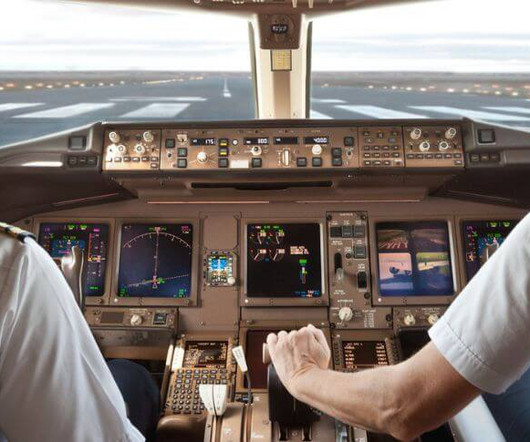


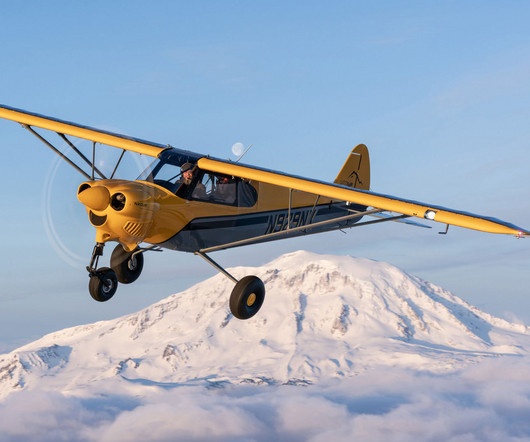


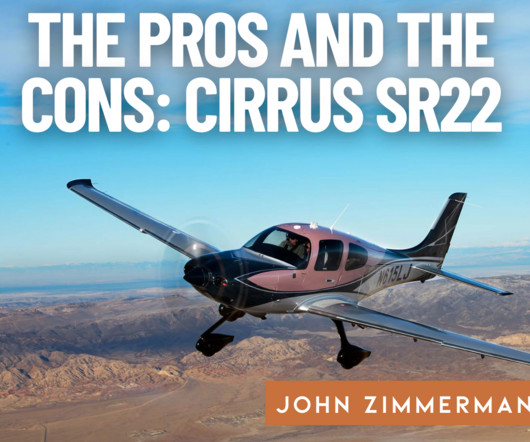
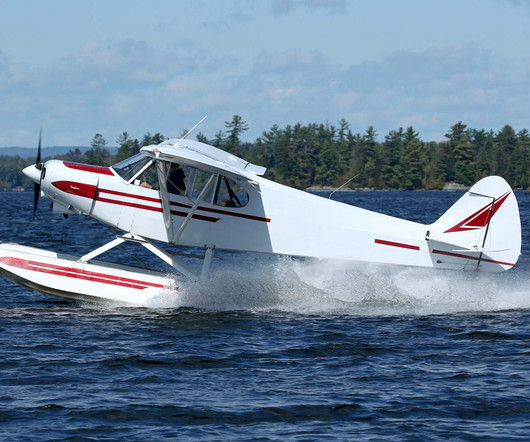
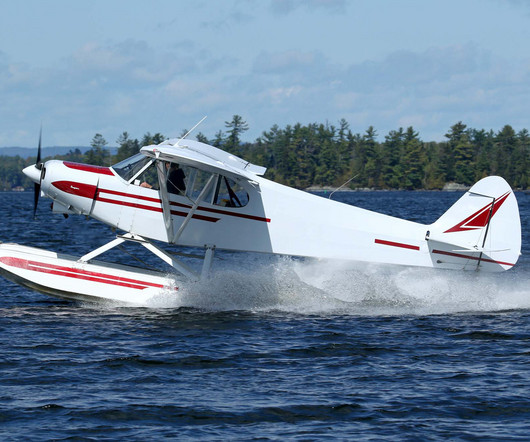



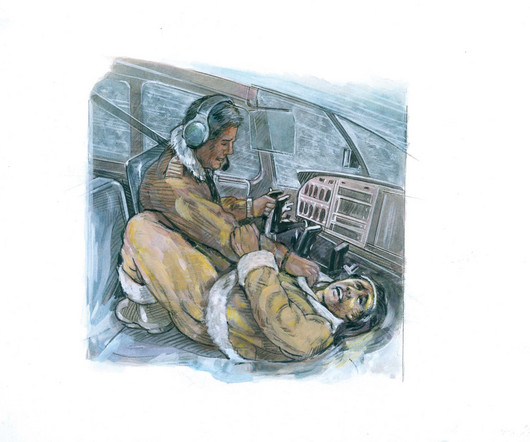
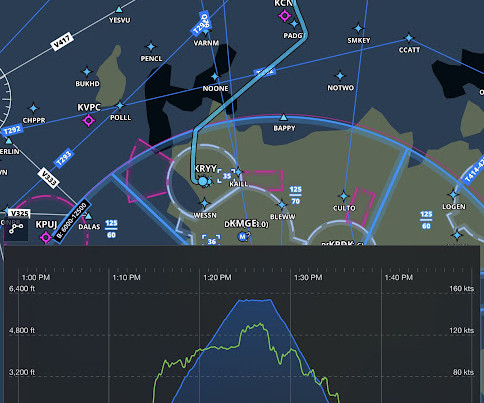
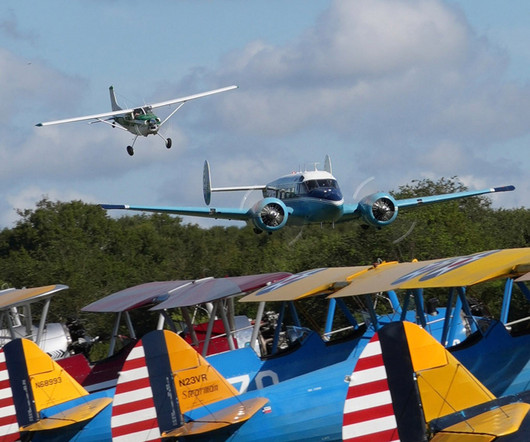
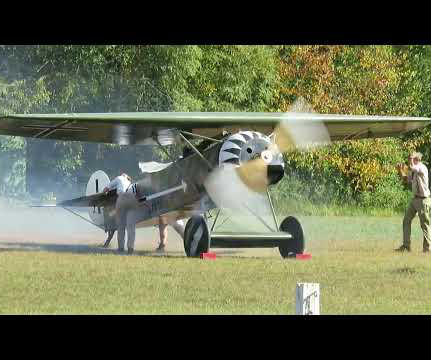






Let's personalize your content